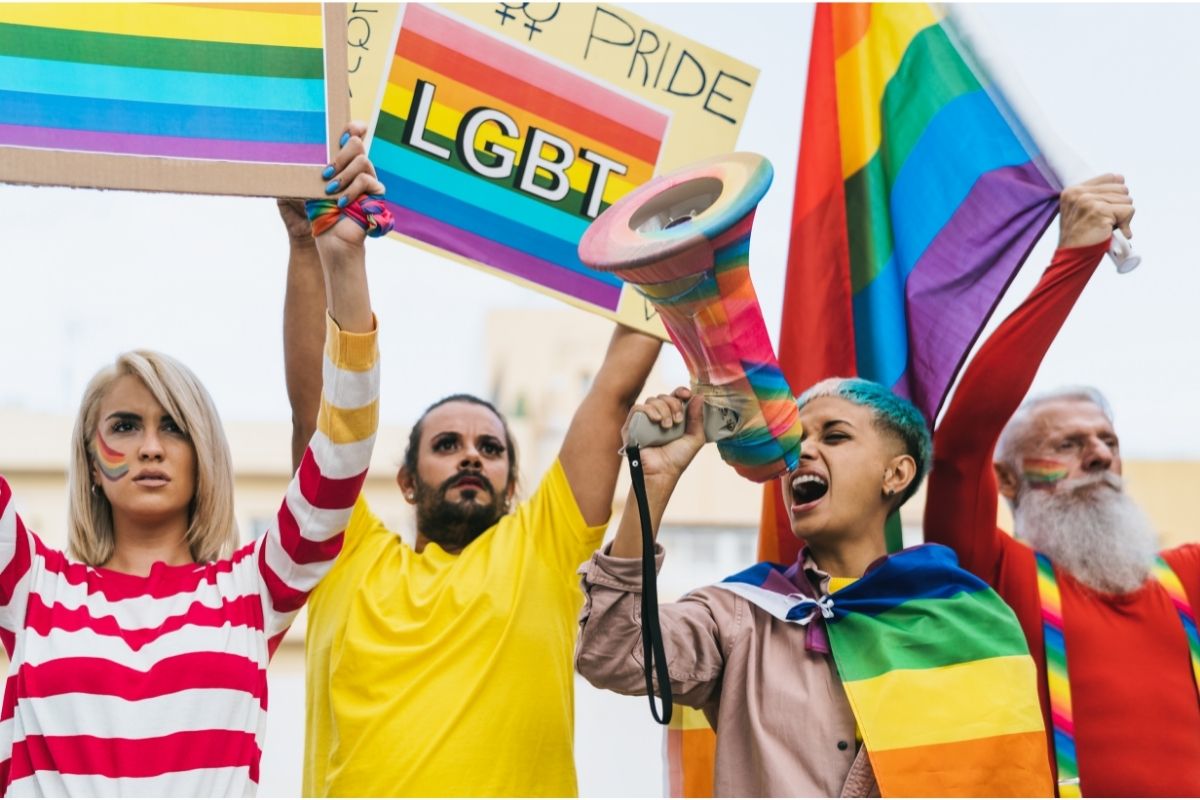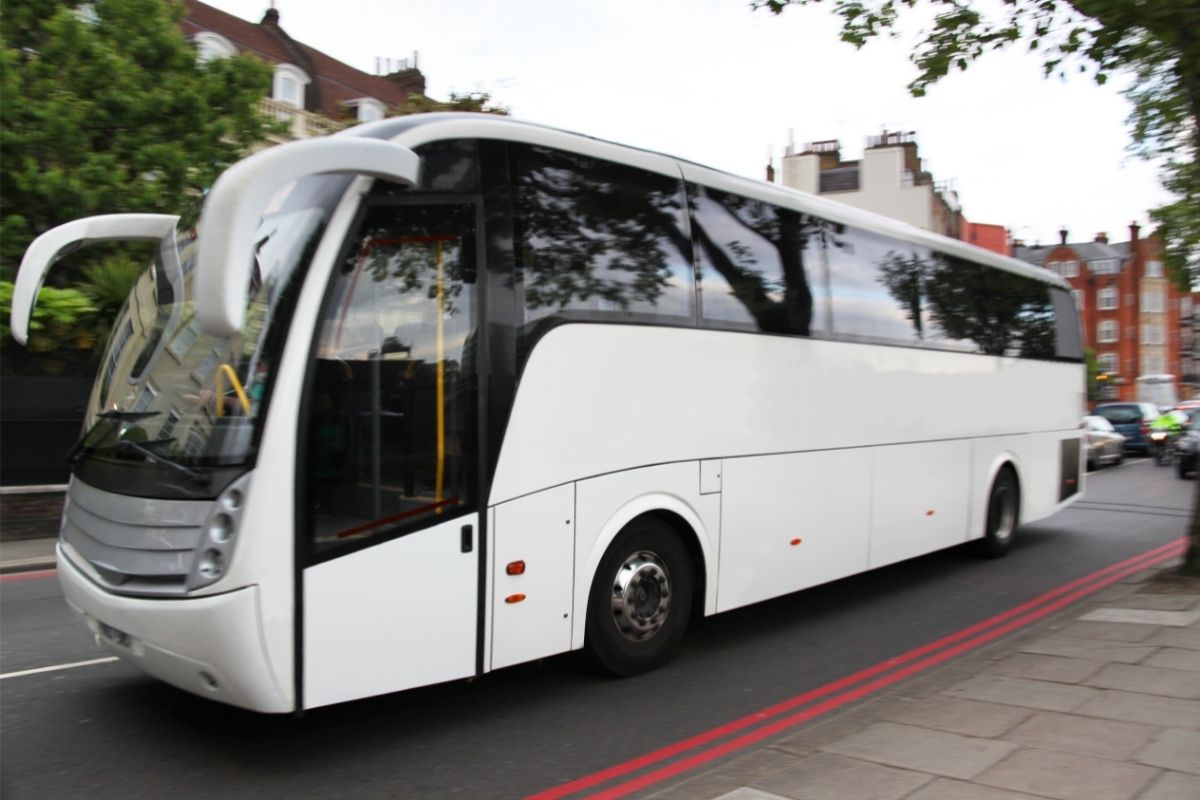When you go traveling around the world, acting as a tourist and experiencing a whole range of cultures different from your own, you will come across a wide variety of different languages.
Though you may not know them, or even what they are, it is always a pleasure to hear the sounds and words of a language that you’re unfamiliar with.

On top of that, it’s always nice to pick up little bits of language as you go about, allowing yourself to become more involved in the culture. Cuba might just be one of those countries.
If you’re planning on visiting Cuba soon, you might be wondering what language they speak there. We have the answers for you!
In our informative guide below, you’ll find a breakdown of the primary language that is spoken in the country of Cuba, while also looking at what other languages are used day to day and where they came from.
What Language Do They Speak In Cuba?
Cuban Spanish Or Cubano
Let’s begin by answering the main question: the answer is Spanish. Really, though, it’s a Cuban variation of the traditional Spanish language – known as Cuban Spanish, or “Cubano”. It is estimated that there are 11 million native speakers of this version of the language living in Cuba.
This is a very impressive number, for one reason: the population of Cuba itself is around 11.3 million people. This means that almost the entire country speaks the native language of Cubano/Cuban Spanish.
For that reason, it’s likely the one that you will hear being used most as you go around the country and its cities. It is worth noting that the Cuban version of Spanish is part of the Indo-European family of language, and the West Iberian group of language.
However, you may be wondering how Cuba ended up speaking any kind of Spanish, given that the two countries are not exactly close by to each other.
Well, the reason is that Cuba used to be colonially ruled by the Spanish back for a few hundred years, being a colony between 1492 and 1898.
As a result of this rule, plenty of Spanish speaking people were in the country, and began lives there of their own – causing their language to spread all over the land.
However, it clearly broke away from traditional Spanish at some point to form Cuban Spanish and other slight variations of Spanish.
While each variety has its slight differences, they all share certain techniques, uniting the people more in a sense. For one thing, the varieties all use endings of -ico and -ica on the ends of some of their words.
However, this is drastically different from the original Spanish, which uses -ito and -ita as some of its endings. This is interesting, as the various versions of Cuban Spanish have all changed their ways from the original language, but oddly ended up with some shared changes.
When we said earlier that the language spread in the first place via people from Spain settling in Cuba, this isn’t the only place.
Many settlers came from the Canary Islands too, both in the same periods and slightly later, and these immigrants also spoke Spanish. It is some of these settlers that had the biggest impact on changing the language of Cuba.
Haitian Creole
However, Cuban Spanish is not the only notable language spoken in Cuba by a large group of people.
Obviously, with 11 million of the 11.3 million population speaking the Cuban variations of Spanish, it isn’t going to be nearly as large a figure – but it does account for the other key group.
Around 300,000 of the remaining people speak a language of Haitian Creole, which, as you can guess, originally came from Haiti.
Just like with Cuban Spanish, the spread is due to people immigrating from other places and settling down with their own original languages in Cuba.
Unfortunately, the story isn’t so nice here, as many of the immigrants were black slaves who were taken to Cuba in the 18th century. These were only the first Haitians that immigrated, though, as more followed in the later centuries.
However, it wasn’t until Fidel Castro’s government in 1959 that these Haitian immigrants stopped being discriminated against.
Though they may have left their mark on the working world of Cuba and given it its second essential language, that didn’t stop Haitians from being the subject of attack based on their origin and nationality.
Many of the speakers of Haitian Creole were the Haitians themselves for a long time, but after a while it has been adopted by many non-Haitians.
Other Languages

Corsican
This is a language spoken in Cuba primarily by people who have come from Italy. Though Corsica itself is a French island, it has a clear Italian culture, and clearly its language is popular outside the region.
As a language it is quite close to Italian, so if you think you hear some Italian when you’re in Cuba, then it may be Corsican.
Galician
As for Galician, on the other hand, this is a language that sounds closer to Portuguese. In Cuba, this language is primarily spoken by people who have come from Galicia, a community in Spain.
Lucumi
This language actually has no native speakers in Cuba, but it does have a minor presence in the country as a language of liturgy – that is to say, a language involved with religious worship.
It is a second language to followers of the religion Santería, which is relatively popular in Cuba, and the language originally came Yoruba slaves from West Africa.
Final Thoughts
Cuba has a very rich history of languages, with a key few ones to look out for. Follow our guide and listen out for them!
- What Is The Largest Island In Cuba? - September 19, 2022
- Havana – Why Is It Cuba’s Most Exciting City? - September 19, 2022
- Cheapest Time To Visit Cuba (Ultimate Guide) - September 19, 2022








